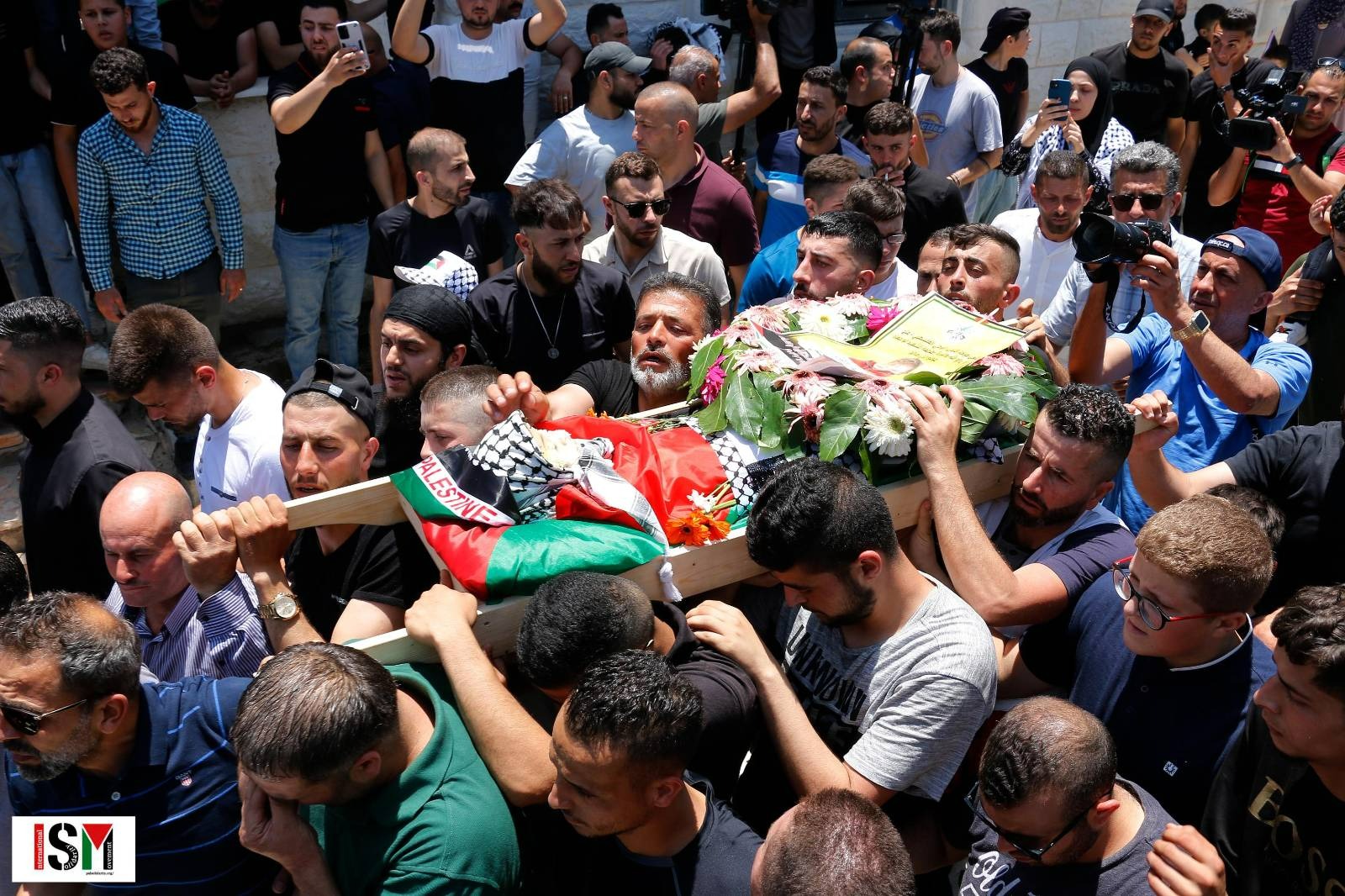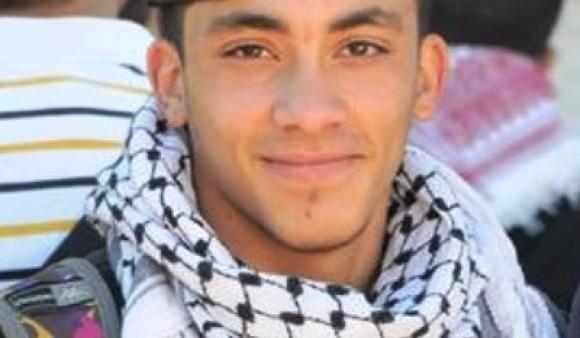Tag: Defense for Children International
-
The Occupation forces that shot infant Mohammad Tamimi in the head invade and injure mourners at his funeral.
6/6/2023, Nabi Saleh, Occupied Palestine Today, the people of the village of Nabi Saleh bid farewell to the slain infant Muhammad Tamimi, who tragically died after being shot in the head by an Israeli soldier. The villagers of Nabi Saleh welcomed the child with flowers as they paid their respects. His mother, brother, sister, and…
-
VIDEO: Israeli forces shoot and kill two Palestinian teens near Ramallah
20th May 2014 | Defense For Children International Palestine | Occupied Palestine Unlawful killing of two Palestinian teens outside Ofer – Video from Defense For Children International Palestine Israeli forces killed two Palestinian teens during clashes on Thursday outside the occupied West Bank city of Ramallah. Nadeem Siam Nawara, 17, and Mohammad Mahmoud Odeh Abu Daher, 16, were…
-
Israel treats every Palestinian child as “potential terrorist”: government-backed UK study
By Asa Winstanley 28 June 2012 | Electronic Intifada, London A new report funded and supported by the UK government that accuses Israel of violating international law with its treatment of Palestinian child detainees was launched in London by a high-profile group of human rights lawyers on Tuesday. The report says Israel is in violation…


